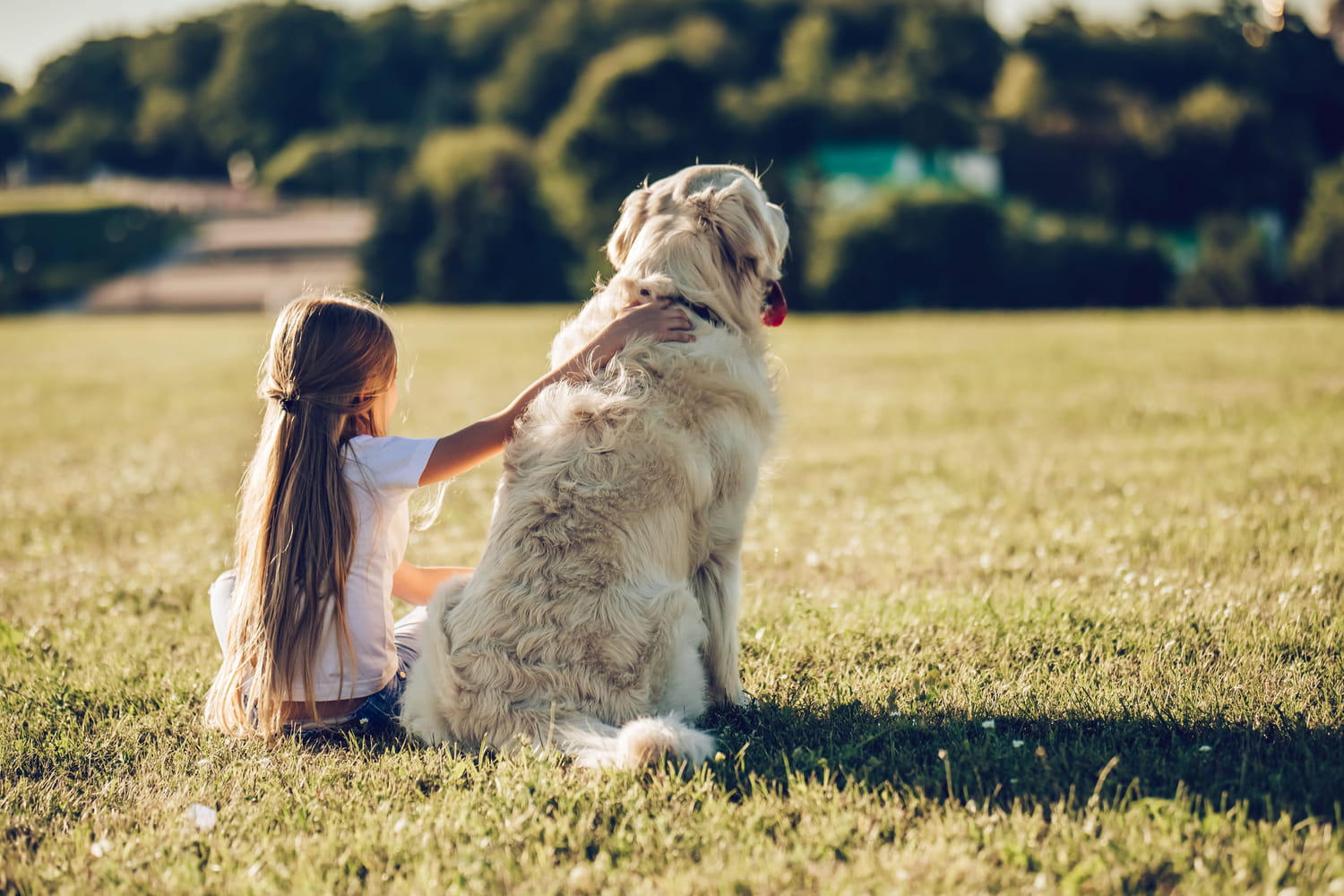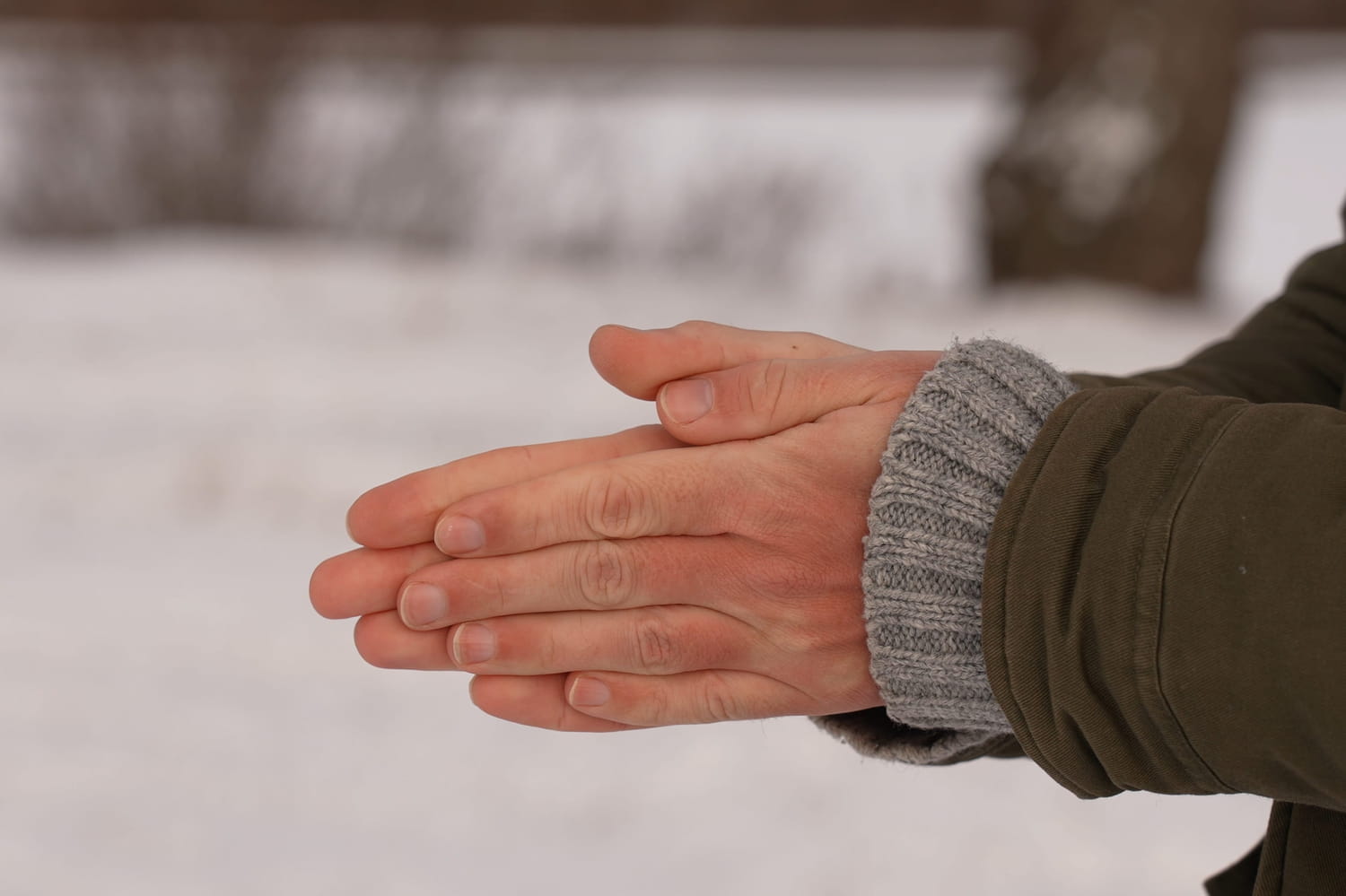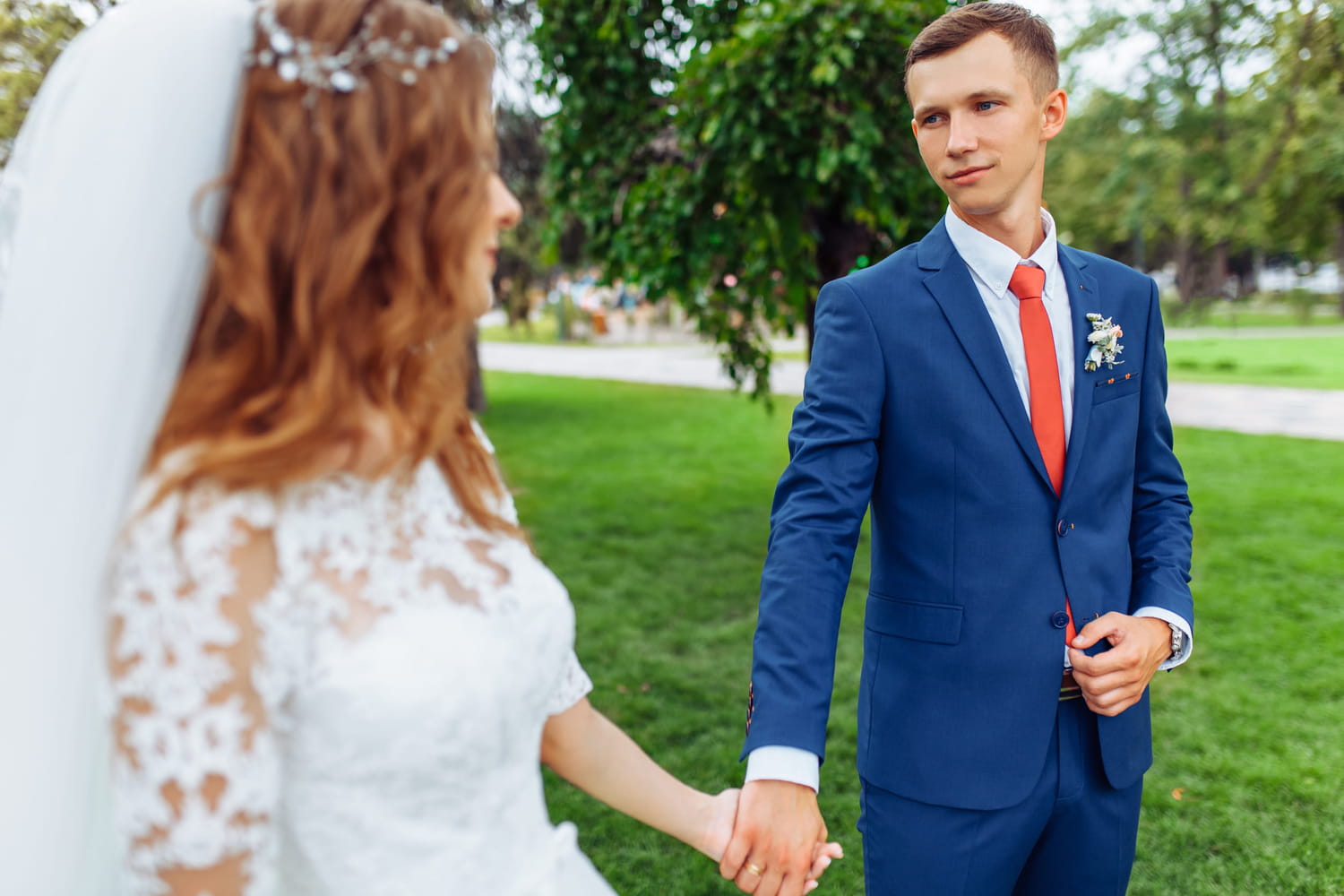All dogs are capable of biting, but some are less suited to family life than others. A dog trainer reveals the breeds that are best not adopted when you have young children.
We know that a dog is man’s best friend, and he can also be a child’s best friend… provided certain factors are taken into account. Brimming with enthusiasm, young children can be unpredictable, and have no awareness of danger or boundaries that must not be crossed. And not all dogs have the patience and serenity necessary to tolerate (calmly) the fiery behavior and sudden gestures of the little ones.
Some dogs are in fact less sociable than others, and will have more difficulty accepting being cuddled or playing with a toddler tirelessly. Some will simply walk away, but others may develop dangerous defensive positions and end up biting to be left alone. It is therefore advisable to choose a breed suitable for family life, to limit risks as much as possible – although a toddler should obviously never be left alone with a dog, no matter how friendly it may be. Near the Daily Expressdog trainer Will Atherton has revealed which dogs are best not adopted into a family with young children.
Among them, the Malinois. Known for his great obedience and intelligence, he nevertheless has the impulsiveness of a shepherd dog. The specialist explains that, from his experience, Malinois “bite children, herd them together and don’t know when to stop”. Same constant for the Caucasian Shepherds, “or any breed of giant sheepdog”. According to him, despite their appearance like soft teddy bears, they are not made for a life surrounded by children. “Yes, they can protect their family, but they are much better adapted to life outdoors, on a farm. If you try to bring them into the house, they may not have the patience or ability to get away from children who they find frustrating, and this often leads to biting children.”warns Will Atherton. Finally, although considered affectionate and capable of tenderness, the trainer strongly advises against the Argentinian Dogo in the presence of young children. Like the Caucasian Shepherd, it is part of the mastiff family and has a powerful jaw: “Of all the breeds of this type, this is the one that I hear causes the most problems with children.”
Of course, this is not an absolute truth, as all dogs are different and have their own personalities. Moreover, ANSES affirms that the breed of the dog does not influence its propensity to bite. “The risk of a bite depends on many factors linked to the animal itself, such as the education it has received, its age, its sex or even its state of health and well-being. It also depends on the interactions it has with humans: those who raise it, those it occasionally meets, and under what circumstances and other factors.” explains the organization on its site.
Moreover, a study carried out by ANSES in 2020 demonstrates that the rates of severe bites due to dogs in dangerous categories were no different from those observed for uncategorized dogs. To everyone’s surprise, the most represented breeds were the German Shepherd (10% of bites), the Labrador (9%) and the Jack Russell (6%). The Agency, however, qualifies: “This study does not, however, allow us to conclude on the biting tendency of certain breeds since the distribution of dogs by breed is not known in the general canine population.”









